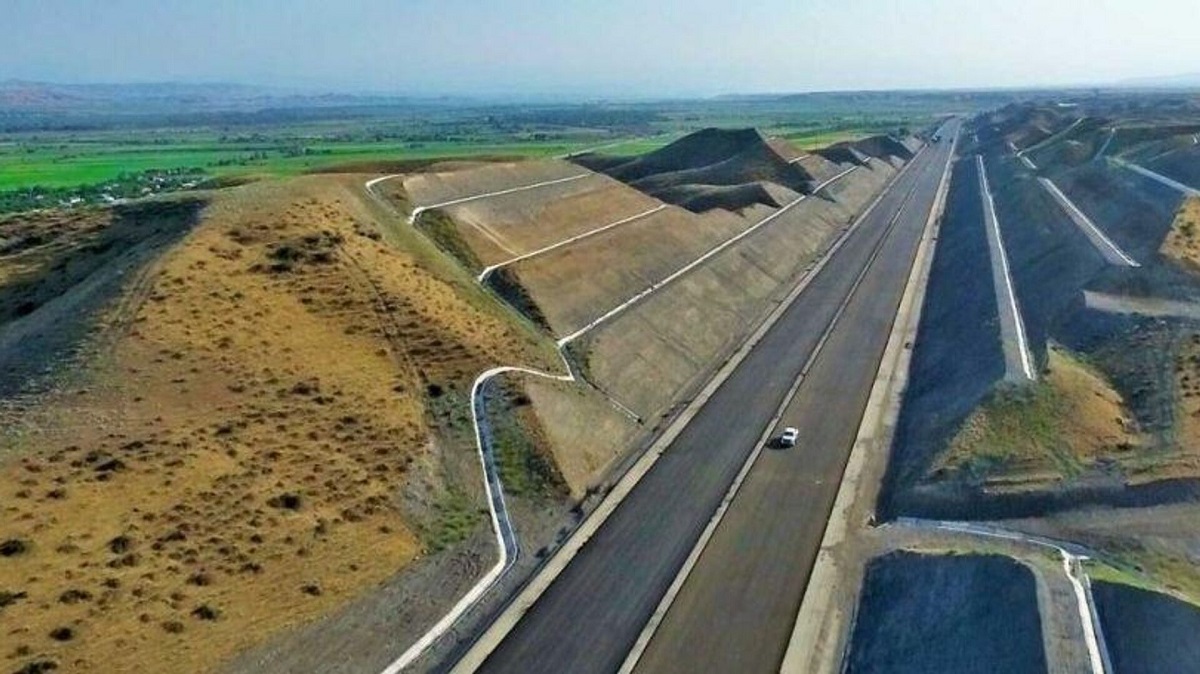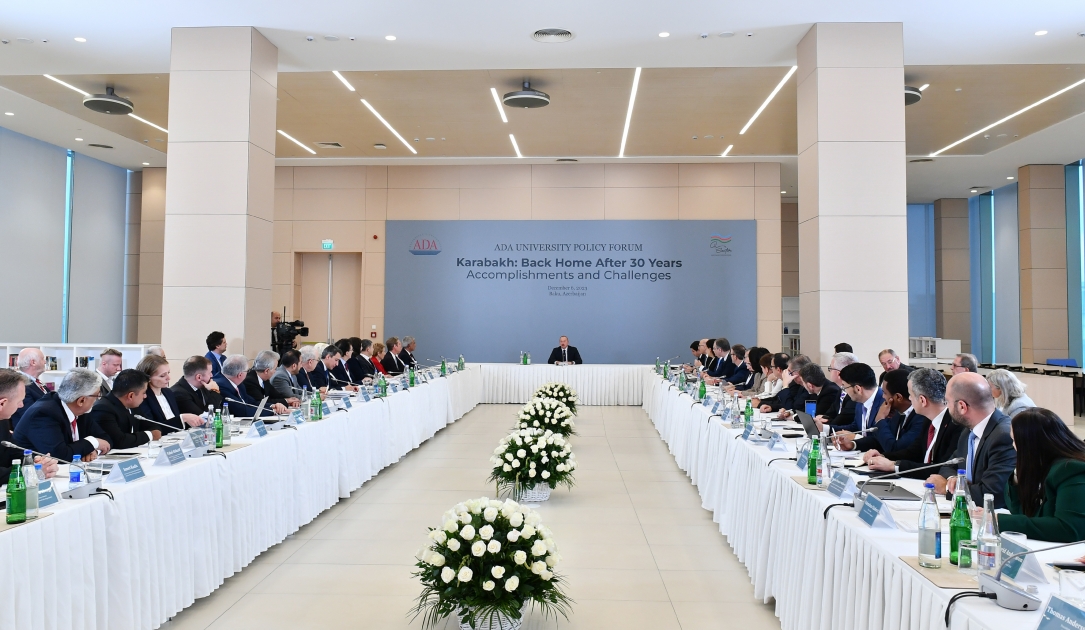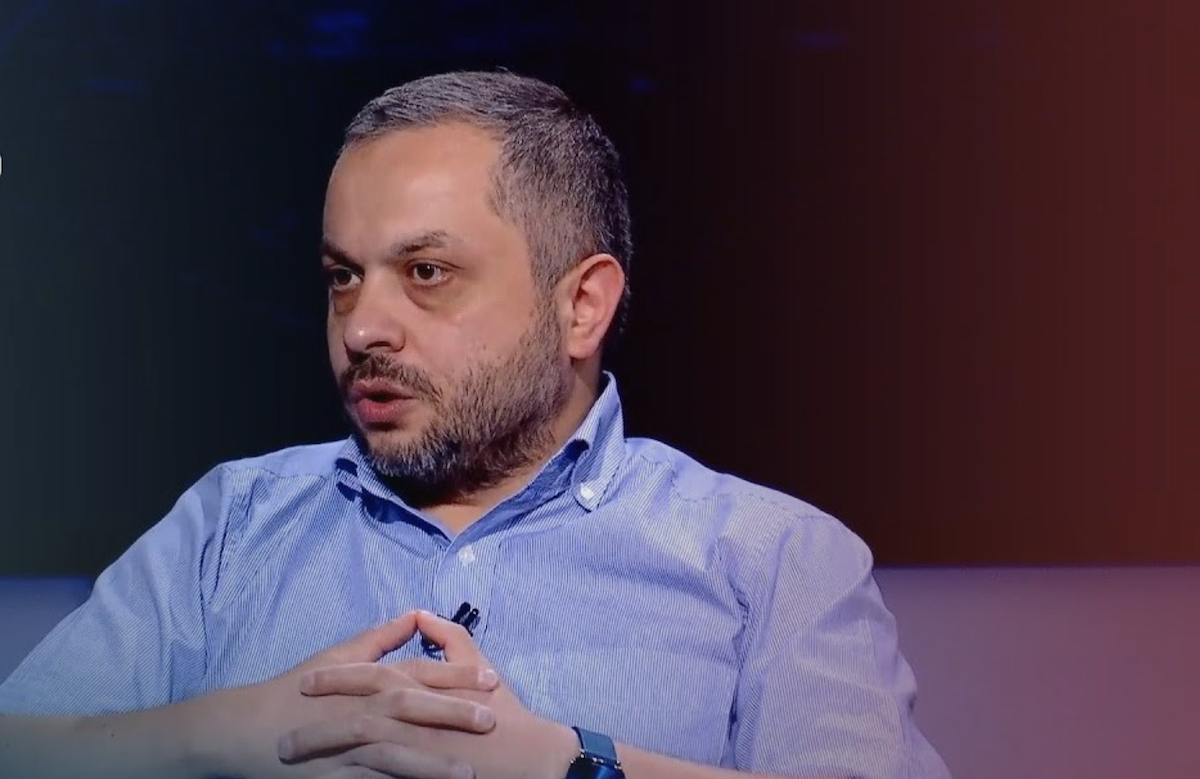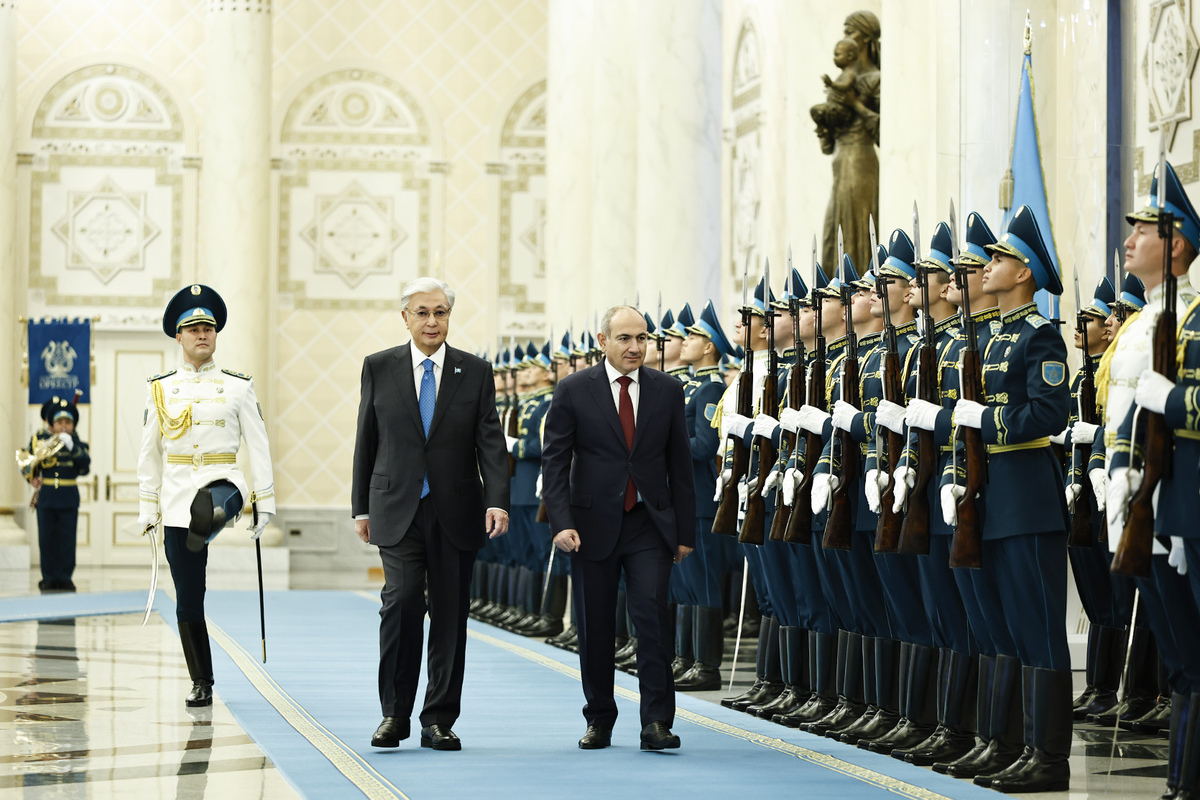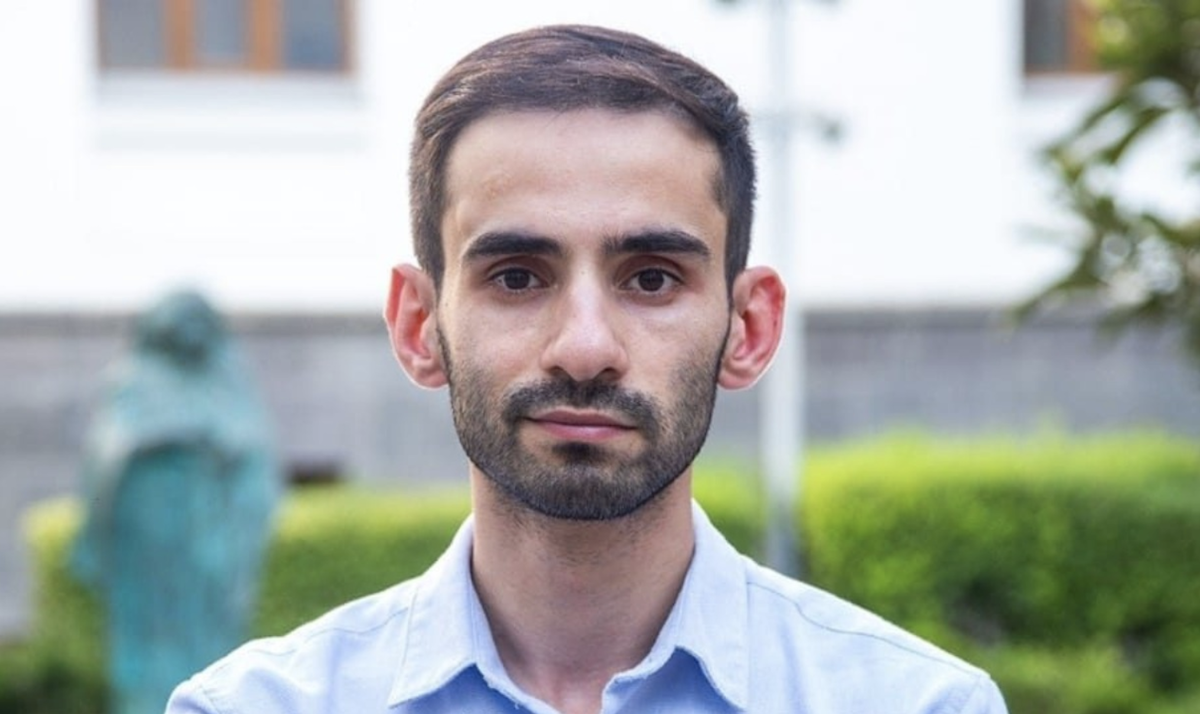How will the regional configuration in the South Caucasus change? View from Baku
Regional configuration in the South Caucasus
The South Caucasus has become a center of attraction for all regional and global power centers. Experts see nothing surprising in this, as this is where the nearest route linking the West with the East, bypassing Russia and Iran, can pass.
Analysts of the Azerbaijani South Caucasus Studies Center (CSSC) have analyzed the existing and possible future configurations in the region.
- “Naive wish or justification?” On Pashinyan’s speech in St. Petersburg
- As many as 45 cases of violence against media employees identified in 2023 – TI
- Co-founder of new political platform in Azerbaijan arrested
“The South Caucasus is one of the most fragmented regions in the world. The three countries that form the region have chosen different vectors as a priority in their foreign policy, which has led to the existence in a small space of the CSTO and NATO, the customs rules of the EU and EAEU, as well as such a third way as the Non-Aligned Movement. This situation creates conditions for the participation in regional configurations of foreign actors, both close neighbors and distant but authoritative power centers.”
Existing configurations
“Azerbaijan/Turkey/Georgia has not yet reached the level of alliance, but demonstrates cost-effectiveness in the implementation of specific projects. Until now, this configuration has taken the form of numerous mutually beneficial partnership formats.
Armenia/Russia and Armenia/Iran has developed in parallel. Russia and Armenia have created a full alliance, and Iran and Armenia are strategic partners. Russia, because of its unwillingness to share Armenia, did not allow the trilateral format to form, Armenia was unable to do so. Armenia’s defeat in the 44-day war in 2020 destroyed the prospects of this trilateral direction.
The West represented by the U.S., the European Union as a whole and individual EU countries create ad hoc relations with the countries of the region. But until 2020, the West failed to offer anything guaranteed except Georgia’s associative relations with the EU.”
Perspectives on future configurations
“The results of the 44-day war are still not fully realized and various steps have been taken over the past three years that affect the configuration in the region. The expected signing of a peace treaty between Azerbaijan and Armenia and the normalization of Armenia-Turkey relations will accelerate the formation of a new configuration. It should be noted that the traditional participants of regional processes do not intend to give up their positions so easily, and therefore the dynamics will continue.
Azerbaijan and Turkey have officially documented alliance relations covering almost all areas. Georgia remains in the status of a strategic partner and continues to participate in the trilateral format. Armenia may become one of the partners in this configuration in the future. The Azerbaijan-Turkey axis is attractive due to possible transport developments.
Russia is still Armenia’s official ally. But so far it has not yet been able to come to terms with Iran, or is unwilling to do so. Thus, although Armenia’s estrangement from Russia has not yet been formally accomplished, the prospects for this are not so bright.
Over the past three years, Iran has failed to present a new agenda that differs in form and content. Armenia has turned from Russia not to Iran, but to the West.
Georgia continues its integration with the West by inertia.
Iran’s threats to Azerbaijan did not lead to anything, and the Islamic republic had to be content with a 60-kilometer part of the Turkey-Azerbaijan transport project.
The West became more active in the region immediately after gaps in Armenia’s relations with Russia began to appear. The U.S. and the European Union are actively trying to replace Russia in patronizing Armenia. But due to the lack of resources on the ground to formalize official support for Armenia’s aggressive policy against Azerbaijan, this support is limited to Armenia’s borders.
The granting of EU candidate status to Georgia allows the West, for the first time in more than 30 years, to begin shaping a configuration of Georgia/Armenia. The West will be able to function as a constraint on the Azerbaijan/Turkey tandem and may gain a stake for its partners in transport projects.
Summary
“We note once again that due to the failure to realize the main geopolitical results of the 44-day war, namely the failure to sign a peace treaty between Azerbaijan and Armenia, as well as the failure to achieve normalization of relations between Armenia and Turkey, and the failure to open regional communications, these configurations are in dynamics.
The processes are underway and the resources of the actors are growing at a great speed. The first sparks may arise after the agreement on the text of the peace treaty between Azerbaijan and Armenia is publicized.”










